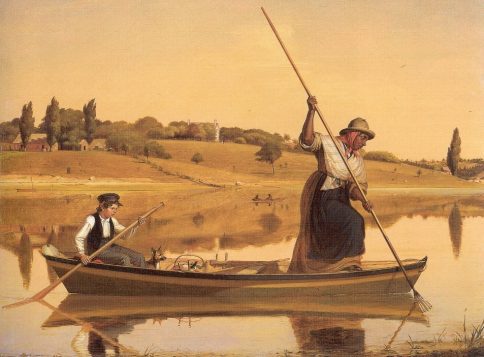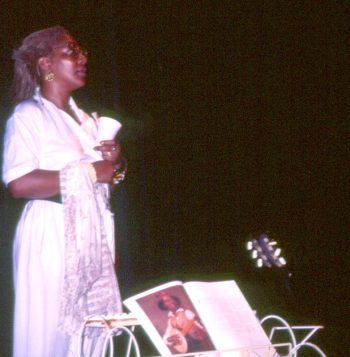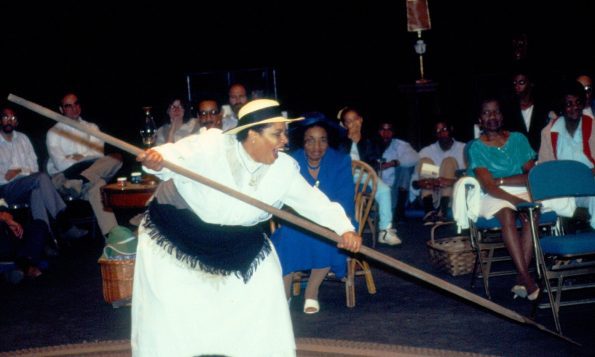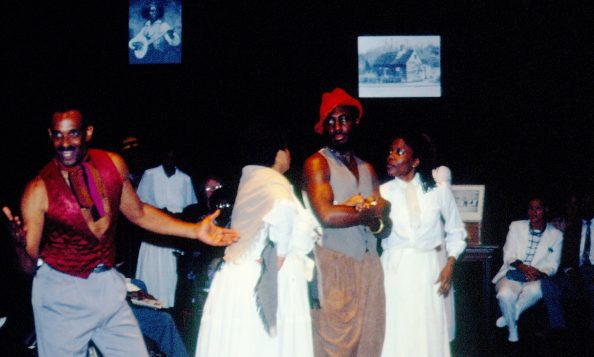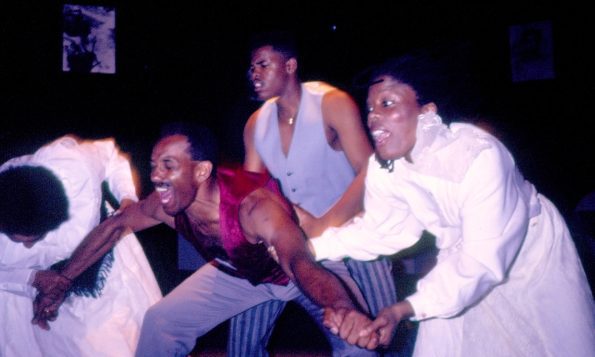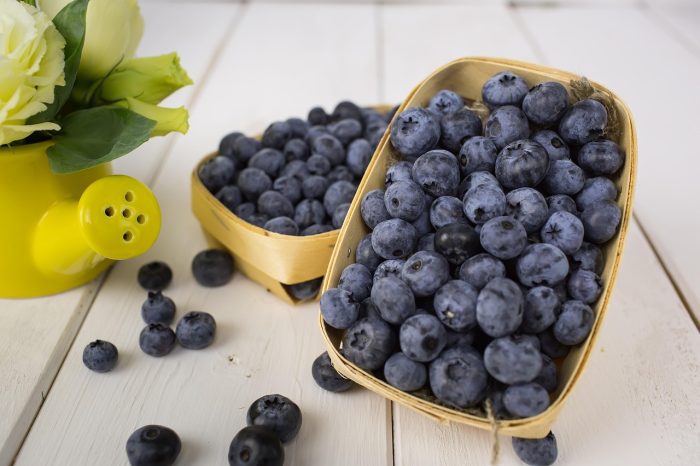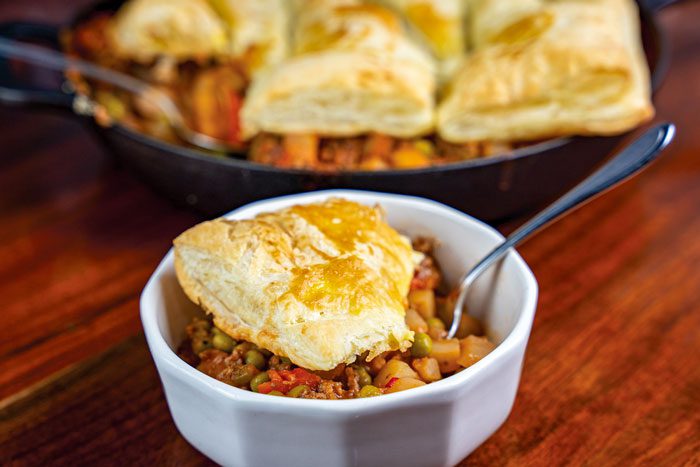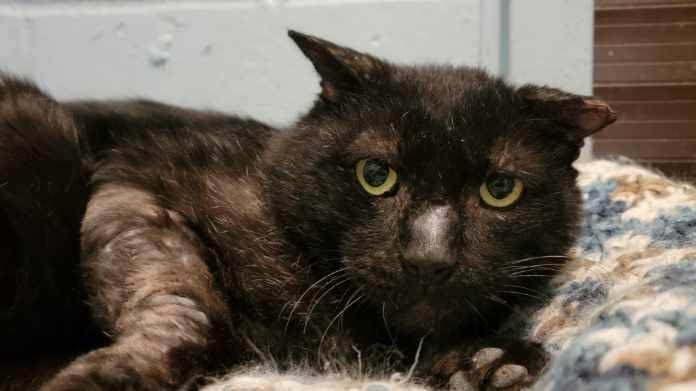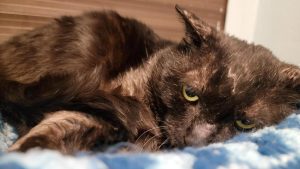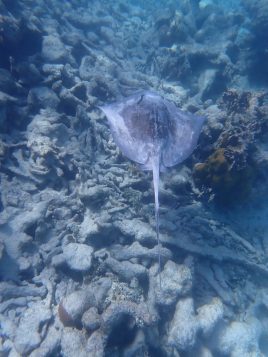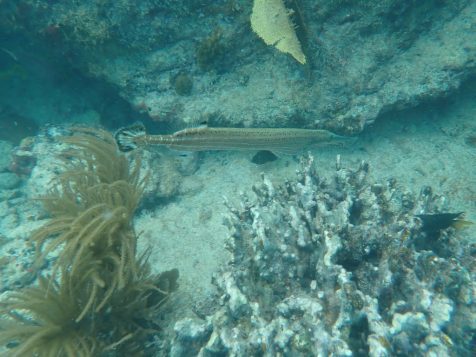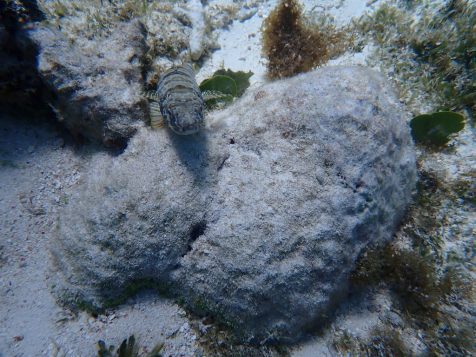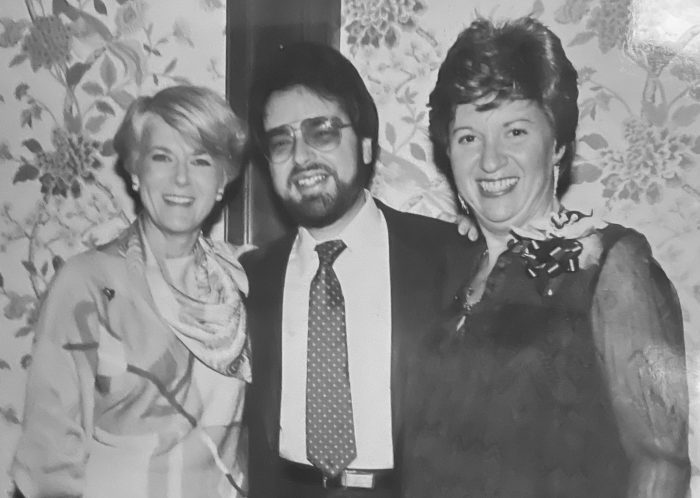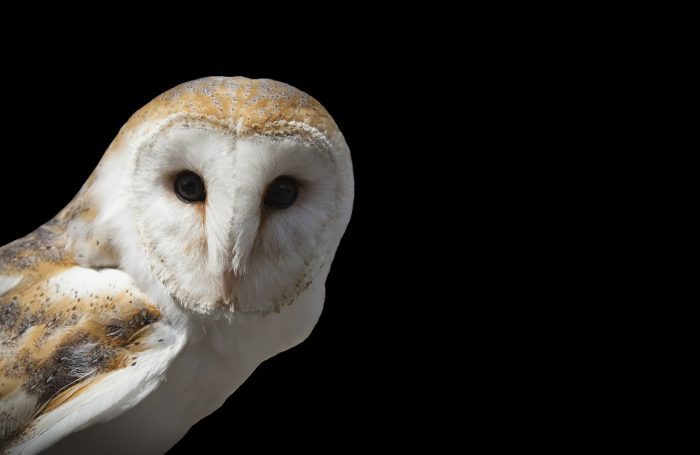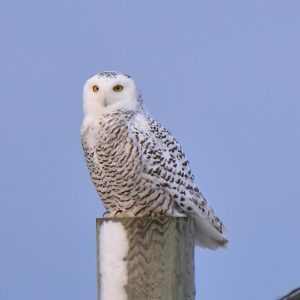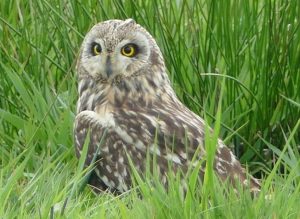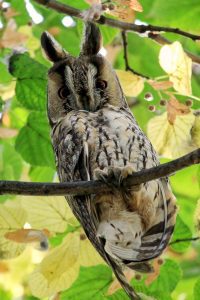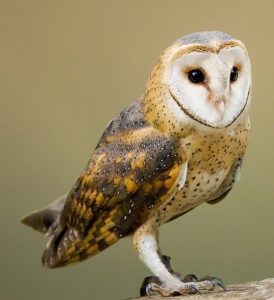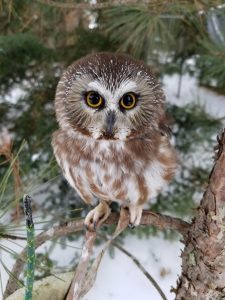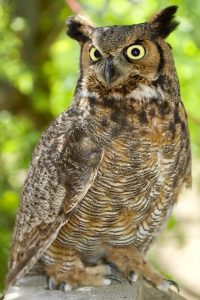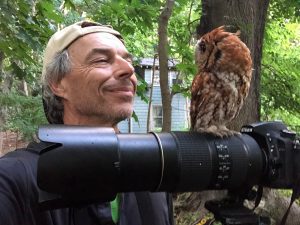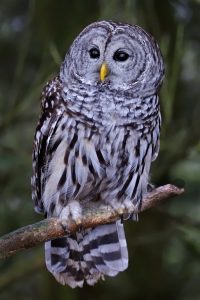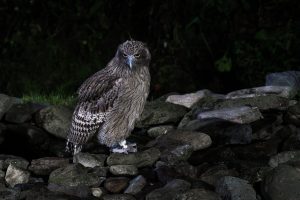By Daniel Dunaief
Despite their importance in making a turkey sandwich, a clarinet, and an adorable puppy wagging its tail possible, quarks and gluons don’t figure into the realm of subjects discussed at water coolers, which, incidentally, also depend on the interaction between these subatomic particles.
Ejiro Umaka has the opportunity to change that, at least for a general audience including national legislators, in under three minutes while using only one slide.
A Research Associate at Brookhaven National Laboratory, Umaka won $2,000 at BNL’s second SLAM competition, in which she and nine other junior scientists presented their research in front of a live audience. Umaka planned to present her work this past Wednesday, March 5th to an audience of politicians, judges and people generally interested in science.
Rep. Nick LaLota (R-NY1) attended the previous event and extended his congratulations to Umaka.
“Dr. Umaka’s unwavering commitment to advancing scientific knowledge and her exceptional curiosity exemplify the pioneering spirit that positions Long Island at the forefront of research and technological development,” LaLota wrote in an email. “I am confident that [she] will represent Suffolk Count with distinction, and I eagerly anticipate her continued achievements.”
While the winner of the national competition will receive $4,000, the opportunity to compete and to describe her work for a general audience has already provided important experience for Umaka.
“I am honored to represent BNL,” Umaka explained in an email. “I am thrilled to discuss my work to a large audience without the usual scientific jargon, which has led to a deeper understanding of my work.”
During the SLAM competition, these scientists, whose competition will be live-streamed, use three minutes to inspire, captivate, and enlighten audiences whose decisions could affect future support and funding for important research projects.
In 2023, when Daniel Marx, Deputy Group Leader of the EIC Accelerator Design Group at BNL, traveled to Washington to represent BNL, he met several politicians from around the country, including Reps LaLota and Andrew Garbarino (R-NY2).
The politicians, many of whose districts, like LaLota’s included a national lab, were “certainly interested,” said Marx. He recalls speaking with Chuck Fleischmann (R-TN3), who served as Chairman of Energy and Water Appropriations.
Fleischmann, whose committee sets the budget for the Department of Energy and the national labs, was “very interested in having a conversation with us about the interplay between science and politics and how we can work together on that.”
Marx also enjoyed meeting with Bill Foster (D-IL14), who has a PhD in physics and has signs like “I love physics” in his office. “He has a really good grasp of what’s going on,” Marx recalled.
Foster asked penetrating and important questions about Marx’s work on developing the Electron Ion Collider.
Quarks, gluons and slowing down
Umaka is looking forward to representing BNL at the national competition and to sharing the science she does with a national audience.
Umaka works at the sPHENIX experiment, which is a radical makeover of the original PHENIX experiment. The experiment collects data at the Relativistic Heavy Ion Collider, or RHIC.
The size of a two-story house with a weight of about 1,000 tons (or about five adult blue whales), the sPHENIX detector will capture snapshots of 15,000 particle collisions per second.
After the superconducting magnet at the core of the sPHENIX traveled across the country from the SLAC National Accelerator Laboratory in California to Brookhaven, it was installed in 2021. Umaka arrived at the lab before the sPHENIX was assembled.
“It’s not every time as a physicist or junior researcher that you start off with an experiment that is new,” said Umaka.
The sPHENIX had to work out some early challenges. Initially, the experiment planned to use a mixture of gases in the time projection chamber that included neon. The war in Ukraine, however, created a shortage of neon, so the lab switched to a different gas and added isobutane. The group celebrated with an isobutane cake. Fortunately, the supermarket hadn’t run out of them.
Umaka explained in her winning talk that her experiments allow the team to explore the universe as it was millionths of a second after the Big Bang, when the primordial soup that contained quarks and gluons came together to create the world we know.
She compares the process at sPHENIX to having chicken soup in the form of the quark gluon plasma. The researchers then shoot small objects within a jet that are similar in scale to the other ingredients in the soup so they scatter off each other. From there, they can deduce the microscopic nature or point like structure of the plasma.
The role of sPHENIX is to record jets that come from the collision of nuclei that release quarks.
“The jet shoots through the soup, and this is why we can use jets as a probe,” Umaka explained.
In the experiments, the soup exhibits collective behavior, which is similar to the response of a school of fish that turn in unison when disturbed. When the researchers look at the soup on the level of individual quarks and gluons, the particles should behave like molecules in a gas.
By recording lots of collisions, sPHENIX increases the likelihood of finding and recording desirable jets useful for probing the soup at the level of individual quarks and gluons.
“We want to discover how the fluid-like (collective) nature of the soup emerges from fundamental interactions of quarks and gluons,” Umaka explained.
Nigerian roots
Born in Nigeria, Umaka moved to Houston in her teens when her parents transferred to the United States. When she was younger, she wasn’t confident in her science aptitude. She took difficult courses in which the social structure worked against her advancement as a woman.
In Houston, she took a particle physics course. The professor suggested she’d do well in his group and that she’d get to go to Geneva to do research.
“Sign me up,” she recalled saying, and she did.
A resident of Brookhaven, Umaka enjoys visiting the mall, reading books, attending yoga classes, listening to music and talking with family.
As for the SLAM event, Umaka appreciates the way the competition has increased her visibility.
“If people like the talk, they will invite you to do other stuff, which is great,” she said.
——————————————
To watch Ejiro Ukama give her presentation at the National SLAM competition, click here and go to 1:48.




